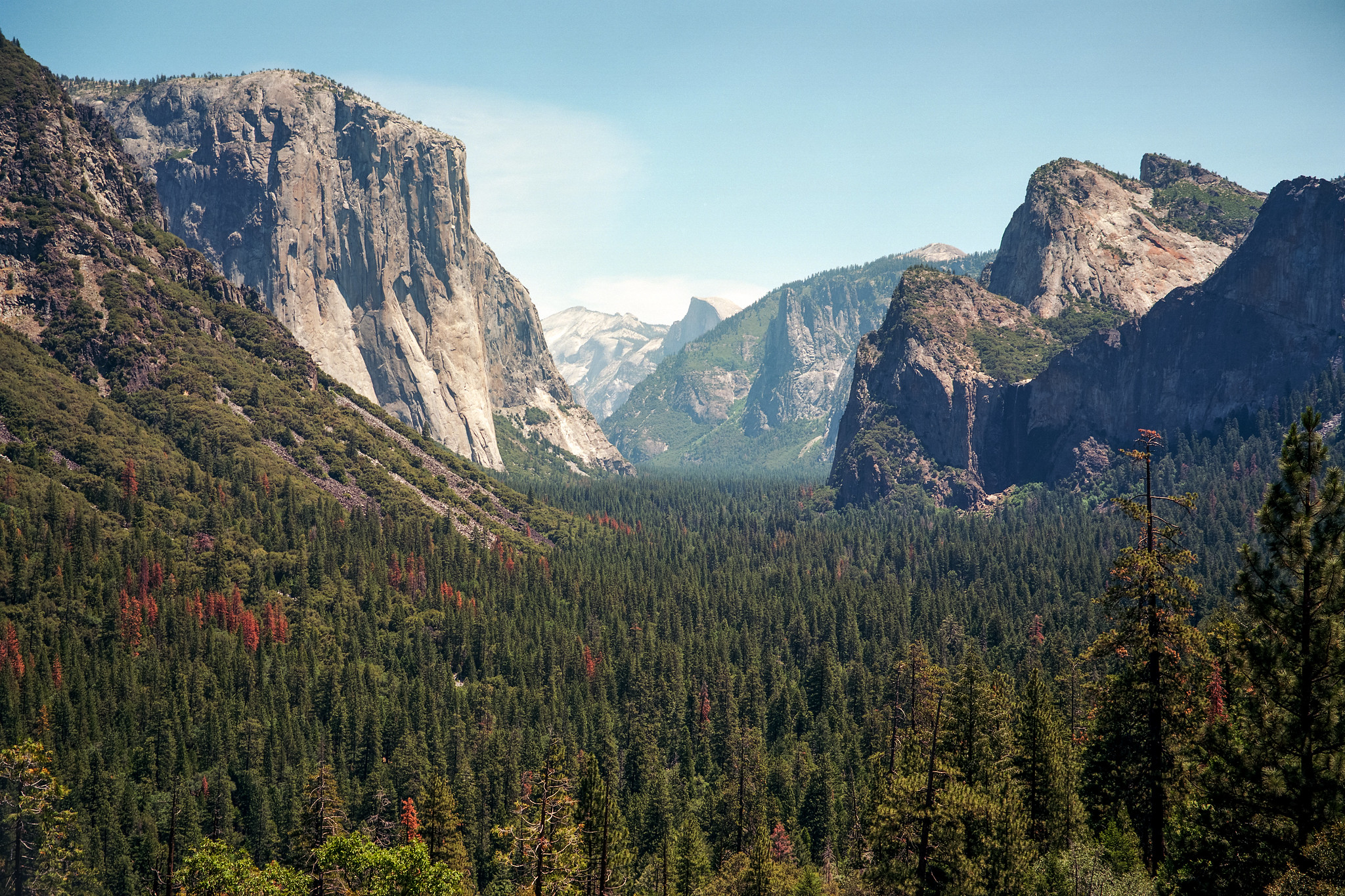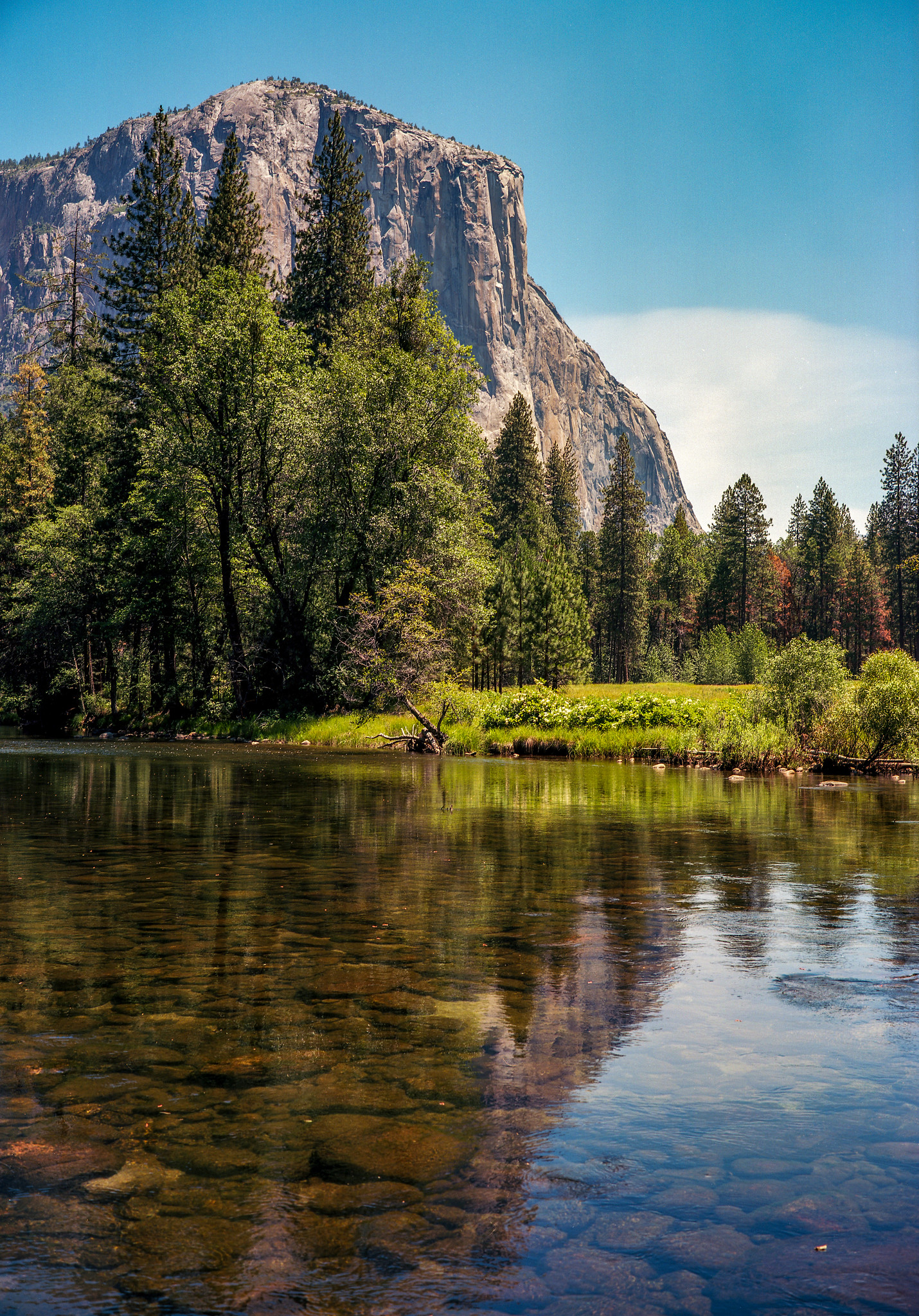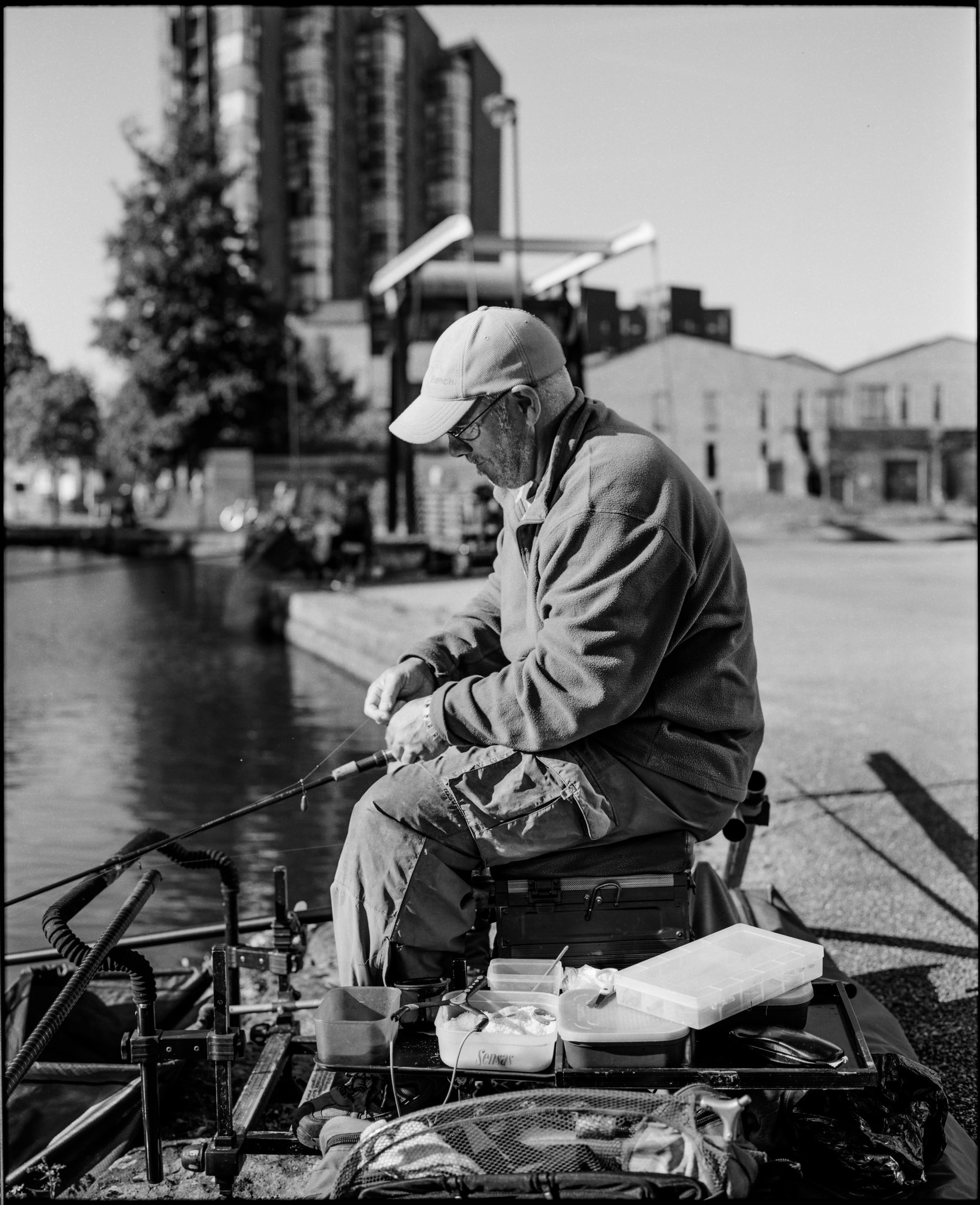This thread was started essentially as a Phase One marketing release, complete with front page supporting publicity, given that Doug is a Phase One dealer. Nothing wrong with that so long as you are aware of the situation, and its clearly a great new product. However, the problem with MFD and the reason I no longer use it in the field is sheer impracticality. By the time you earn enough to buy the kit, your body is too old to carry it around!
Then when one gets in to stitching, how many photographers would really find the results from, say, a Sony A7RII 3 or 4 image stitch to be an inadequate, second rate solution? Not many I would think.
Similar or better quality to a 100mp back has always been available if you use an 8x10 field camera and film. The reason most of us don't use it is sheer inconvenience. I see inconvenience (as well as price) as still being significant impediments MF digital cannot overcome, regardless of the pixel count.
Still, happy to test out the kit if anyone will lend me a back and camera








